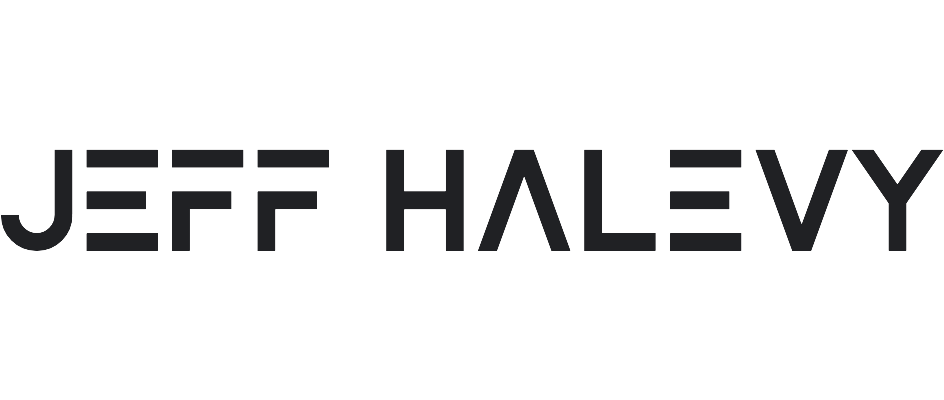Should you incorporate Olympic lifts into your workouts?
Olympic Lifting for the Non-Athlete
By Nick Johnson, Director of Programming and Education at Halevy Life
As a former collegiate athlete and collegiate strength coach, I can personally attest to the effectiveness and positive influence Olympic lifting can have on athletic performance. While most research on power movements and Olympic lifting focuses on it’s ability to alter or enhance sports performance, the benefits are certainly not limited to collegiate and professional athletes.
So, what are Olympic lifts? The two lifts performed in Olympic competition are the Snatch and the Clean and Jerk. Both exercises are technically complicated ways of performing the same task: moving a mass from the ground to overhead. Olympic lifting is a staple in strength programming for athletic competition because it develops power and strength in an athlete. But why can’t it be beneficial for the general exerciser looking to shed a few pounds and pack on a little size for beach season? There certainly many ways a person can benefit from Olympic lifts, but the four big ones in my opinion are as follows:
1. Activation of the body as a whole.
Performing Olympic style movements requires activation of the whole body in a powerful and synchronized fashion. When you take a weight from the floor and quickly move it overhead, you engage a whole chain of muscle groups, from the gluteus and spinal erectors up to the latissimus dorsi and trapezius. Not only are these large groups recruited to complete the task, multiple stabilizing muscles are also actively engaged to successfully complete the movement, from the feet through the core and out to the extremities.
2. Cardio with a barbell?
Olympic lifts provide surprisingly large cardiovascular benefits. If you have ever performed 3-5 reps of a snatch at a heavy weight you know what I’m talking about here. Studies have shown we can reap the same cardiovascular benefits with Olympic lifting as long duration “cardio” exercise in much less time (Stone, Canadian Journal of Applied Sport Science, 1983). Another study compared calories burned during training of Olympic lifters and marathoners and found the two different training styles resulted in similar caloric expenditure, even with the Olympic lifters group spending far less time training (Folger, Men’s Health Magazine, 2006).
3. Tons of variation.
One of my favorite parts of Olympic lifting is the variation or combination of movements that can be used. You can start from the floor, from a hanging position, or mid-rack (shoulder level). Furthermore, you can catch the weight regularly or in a split position (one foot back), or even break the movements down and train specific parts individually. One of my favorite things to do for power development is the snatch pull. When the goal is to develop power you want to focus on acceleration, and by taking the catch out of the equation we minimize difficulty, risk and injury without losing the focus of the lift in the first place, bringing me to my final point.
4. Low risk.
Ask anyone who has ever used Olympic lifts in their training and they will tell you that you really can’t go too heavy. When you try for that last rep and you simply can’t complete it, the weight goes back to the ground and there is very little room for forced reps and cheating to complete the rep. There are no spotters, no benches, no supports, taking many of the risks associated with resistance training out of the equation.
To recap, here are the benefits of adding Olympic lifting to your training regimen: pack on size and power in an efficient manner; improve your cardiovascular system and burn more calories with less workout time; and add variability and complexity to your training regimen while minimizing risk and injury. If you need any more convincing feel free to hit me up on Twitter @HL_Nick.

